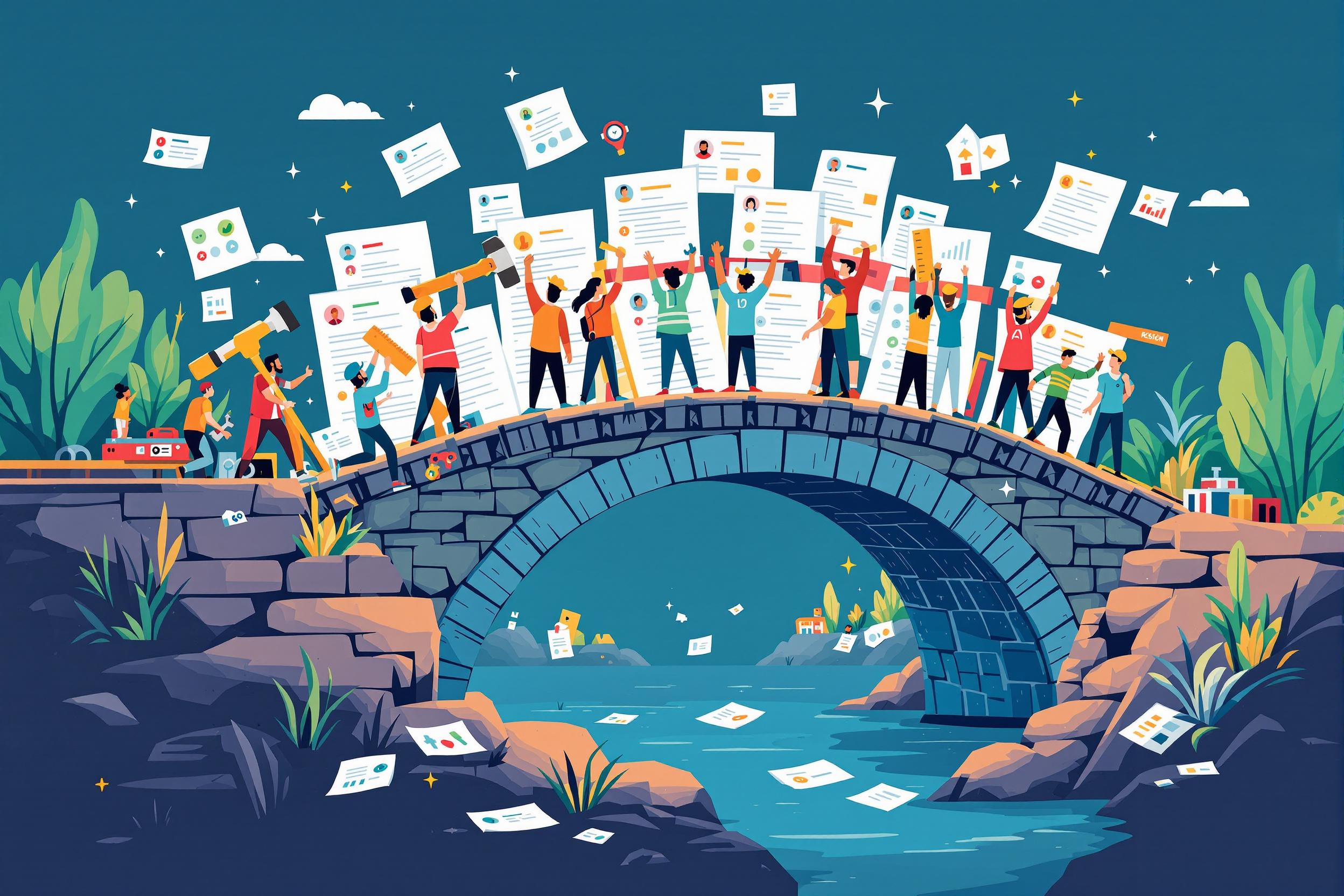
Bioavailability
Bioavailability is a key concept in drug development that measures how much of a medicine actually reaches its target in the body and how quickly this happens. Think of it like the delivery efficiency of a package - just because you send a 100mg pill doesn't mean all 100mg will reach where it needs to go in the body. Scientists work on improving bioavailability to make medicines more effective, which might involve changing how the drug is made or delivered (like making a liquid instead of a pill). This is crucial for developing new medicines and improving existing ones.
Examples in Resumes
Conducted studies to improve Bioavailability of new cancer treatments
Led research team in Bioavailability enhancement techniques for oral medications
Developed methods to increase Bioavailability of poorly soluble drugs
Typical job title: "Bioavailability Scientists"
Also try searching for:
Where to Find Bioavailability Scientists
Professional Organizations
Job Boards
Professional Networks
Example Interview Questions
Senior Level Questions
Q: How would you approach improving the bioavailability of a poorly soluble drug?
Expected Answer: A senior scientist should discuss various strategies like particle size reduction, using different drug delivery systems, formulation changes, and be able to explain the pros and cons of each approach in simple terms.
Q: How do you determine if a bioavailability study has been successful?
Expected Answer: Should explain how they measure success through blood concentration levels, comparison with existing treatments, and statistical analysis, while considering practical factors like cost and patient comfort.
Mid Level Questions
Q: What factors can affect drug bioavailability?
Expected Answer: Should mention factors like the drug's physical properties, the way it's given to patients, food interactions, and patient-specific factors, with basic examples of each.
Q: Describe how you would design a basic bioavailability study.
Expected Answer: Should outline the key steps including selecting test subjects, determining sampling times, choosing measurement methods, and basic data analysis approaches.
Junior Level Questions
Q: What is the difference between absolute and relative bioavailability?
Expected Answer: Should explain that absolute bioavailability compares the drug to an injection form, while relative bioavailability compares it to another non-injection form, using simple examples.
Q: Why is bioavailability important in drug development?
Expected Answer: Should explain how bioavailability affects how well a medicine works, its proper dosing, and why it matters for patient treatment success.
Experience Level Indicators
Junior (0-2 years)
- Basic laboratory techniques
- Understanding of drug absorption concepts
- Data collection and basic analysis
- Following standard testing procedures
Mid (2-5 years)
- Study design and execution
- Data analysis and interpretation
- Method development
- Technical writing and reporting
Senior (5+ years)
- Complex study design and oversight
- Strategic problem-solving
- Team leadership and project management
- Regulatory compliance expertise
Red Flags to Watch For
- No understanding of basic pharmaceutical principles
- Lack of laboratory experience
- Poor documentation practices
- No knowledge of FDA or regulatory guidelines
- Unable to explain scientific concepts in simple terms
Related Terms
Need more hiring wisdom? Check these out...

Navigating Compliance: Structuring On-the-Job Training in Regulated Industries

Human Capital Operational Excellence: Unlocking Your Organization's Potential

Speak Their Language: How Localized Job Descriptions Unlock Regional Talent

